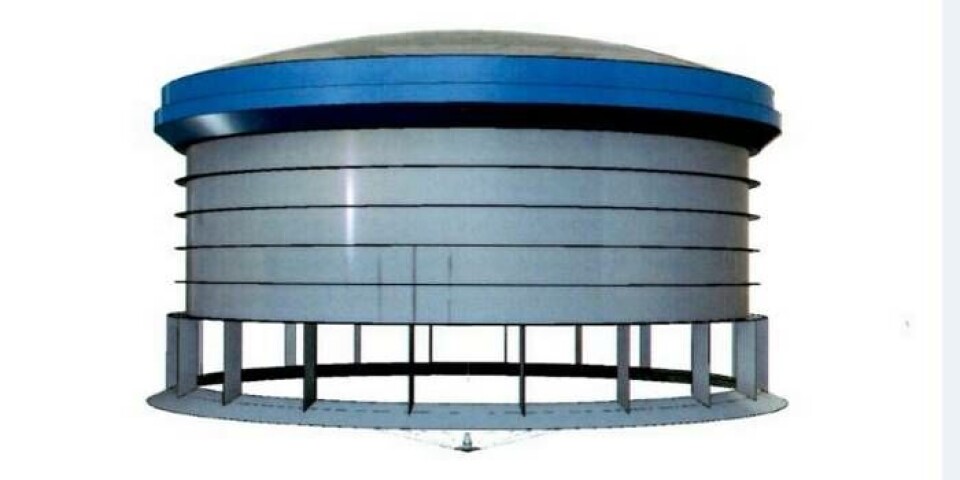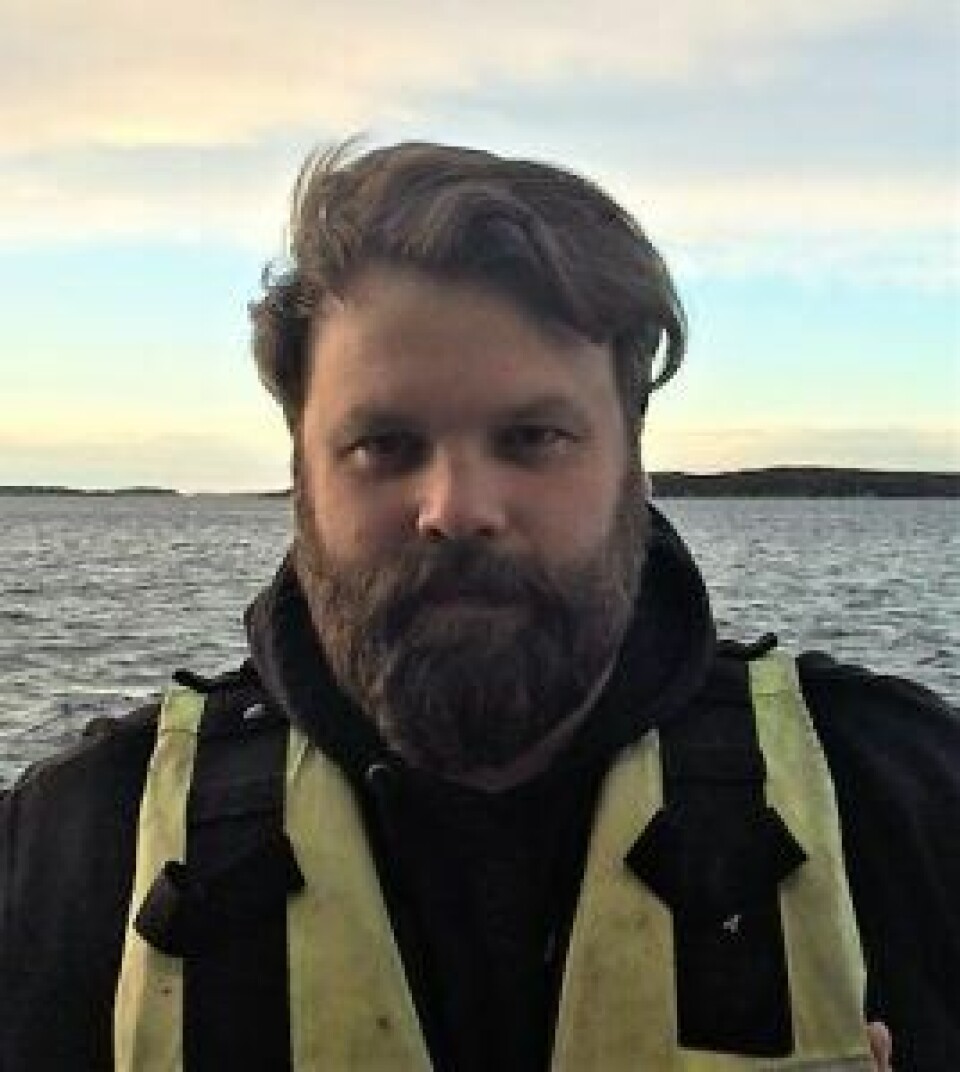
Keeping a lid on lice
A new closed containment design has been unveiled by Hydra Salmon Company, which has applied to the Norwegian government for four development licences for the novel system.
Hydra explained to kyst.no that they are applying for four licenses, with a total capacity of 3,120 tonnes of salmon. The application was registered with the Directorate of Fisheries at the beginning of January.
Founder and Chairman Olav Klungreseth, who was Chairman of Salmar from 1991-2003, said their patented design aims to prevent infestation of lice and disease infection in the marine stage and they intend to place the first units in South Trøndelag area.

He explains that the idea to the concept arose from three salmon farm staff and a fish health specialist. They have worked with the concept for over two years now and the result has been a new type of cage, shaped like a tank.
“The main inventor of the solution is Bertil Johansen, who got the idea when he worked in fish health. Today he works as a supervisor at a fish farm in Trøndelag. The other two are Christer Johansen and Jørn Powys, also operating executives with extensive experience, and the latter brings broad experience from both sea and land-based activities,” said Klungreseth.
“Most farmers have their own projects for seeking development licences…We have therefore created a new farming company for the project,” he added.
He explains that Hydra Salmon Company AS is being established through the limited company Hydra Pioneer, under the four current owners.
“However, this will change as soon as investors come on board, we build the tank and other stakeholders come into play,” he emphasizes.

The company is in discussions with SINTEF and everything is included in one of their research programmes for aquaculture tanks in open sea. Hydra Pioneer will coordinate the further development together with 1-2 industry partners. They now want a major investor and an educational/research institution to help take the project forward and estimate that NOK 80-100 million will be needed to build the first tank to scale.
Specifications
The project has been granted a patent in Norway, as well as international patent (PCT). It is an open steel tank which is 20 metres deep and has a diameter of 60 metres. The top part of the cylinder is fitted with a lid and attached to a floating ring which keeps the construction protruding slightly out of the water. The bottom of the cylinder will be made of a metal mesh or plastic grid, allowing water to be replaced naturally.
“It is based on a model of 1:40 which has been tested in areas with strong currents with good results. Since the tank will be built of steel, it will also eliminate salmon escapes due to flotsam, collision or wear and tear,” Klungreseth adds.
It is designed to withstand wave heights of up to 3-4 metres.
Klungreseth points out that it will be a good alternative to the lice skirts currently used by the industry, saying that they can let lice in, especially in high seas, when they can come in over the top of the skirt, and in strong currents, when they can get in from below.























































